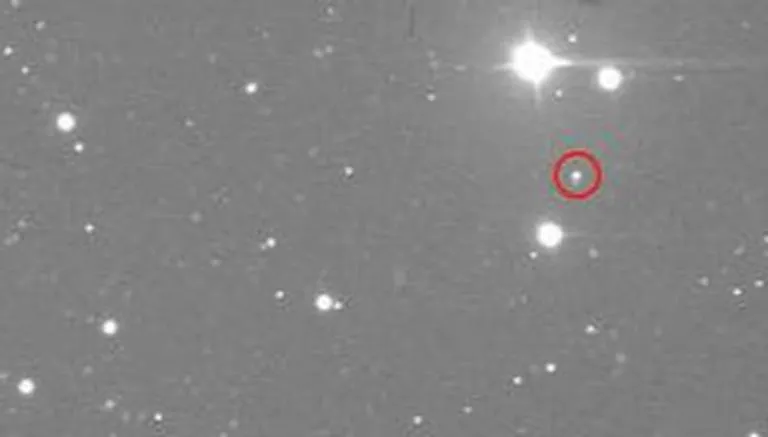NASA has confirmed the Dimorphos Moonlet Asteroid orbit which is the target of the Dart Space aircraft which was launched on November 24, last year. This confirmation was carried out after the six -night observation campaign using a land -based telescope and now the tofu agency where the asteroid will be when Dart collides with him. Short for the double asteroid transfer test, Dart’s mission is NASA’s first attempt to artificially deflect the asteroid to make a planet’s defense idea for the future. Recently, NASA even shared visual asteroids moving across the night sky.
Where would Dimorphous be at the time of impact?
Observations have confirmed that the asteroid will be around 10.8 kilometers when making his closest approach to Earth in late September to early October. According to NASA, Dart spacecraft is scheduled for RAM to Space Rock at 4:44 am on September 27 (7:14 EDT on September 26). In particular, dimorphos are not independent asteroids but are part of the binary system, which means to orbit a larger asteroid called Didymos. While Dimorphos has a diameter of 160 meters, the parent asteroid measures 780 meters.
“Measurements made by the team in early 2021 are very important to ensure that Dart arrives at the right place and the right time for the kinetic impact to Dimorphos,” said Andy Rivkin, the Dart investigation team said in a statement. “Confirming measurements with new observations show us that we do not need changes in courses and we are correct right on target”.
NASA said that in addition to confirming the orbitals of Dimorphos and the expected location, the team also perfected the process they would use to determine whether Dart succeeded in changing the orbit dimorphos after the impact. If the spacecraft succeeds in changing the asteroid line, it is expected to move closer to Didymos which will reduce the orbit period. However, scientists observe careful measurements to confirm that there is nothing other than spacecraft that has a role in influencing asteroid orbit. Another unwanted concern factor is radiation backwards from the surface warmed by asteroids, which can also play a role in changing orbits.
Following the impact, the mission team will again take measurements using a land -based telescope in October to calculate the new orbit of Dimorphos. Scientists hope that the time needed by the moon to orbit the Didymos will be reduced a few minutes.

